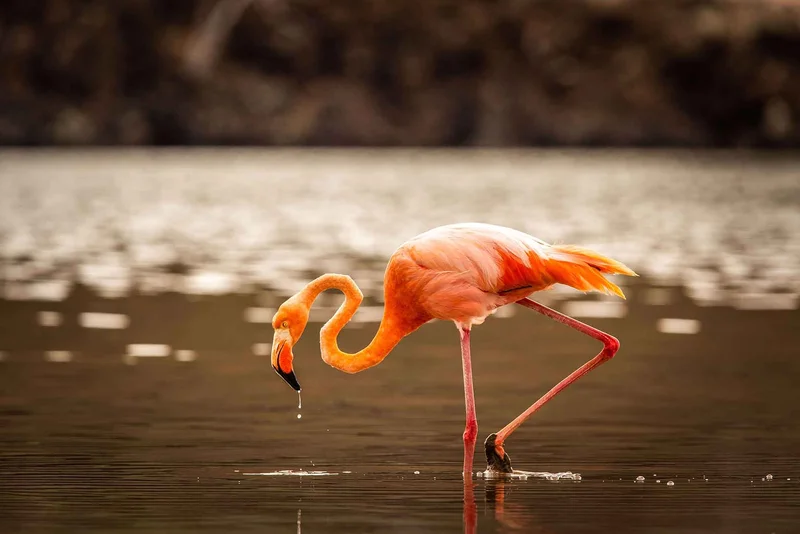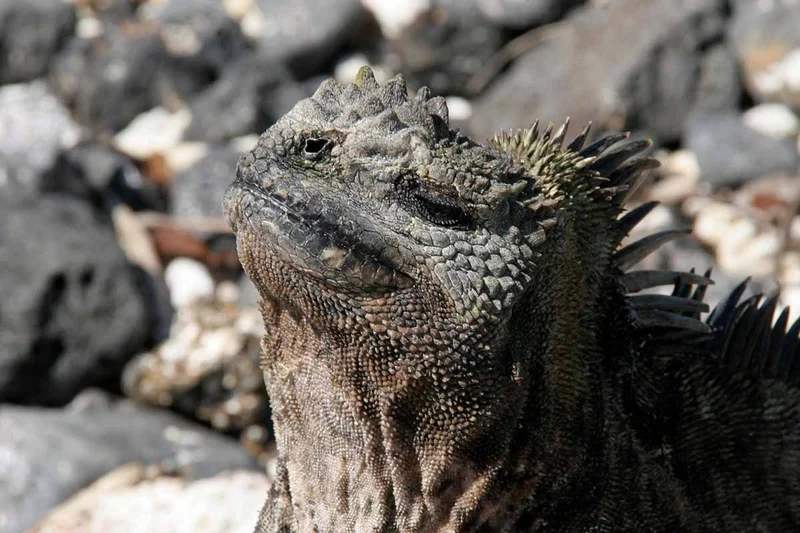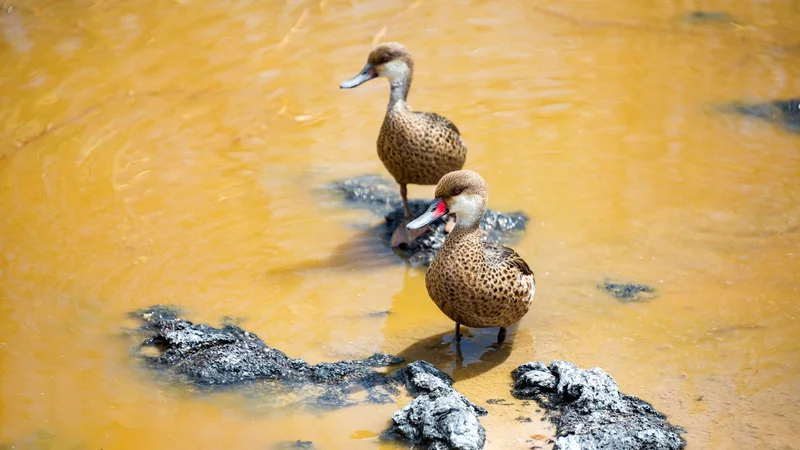
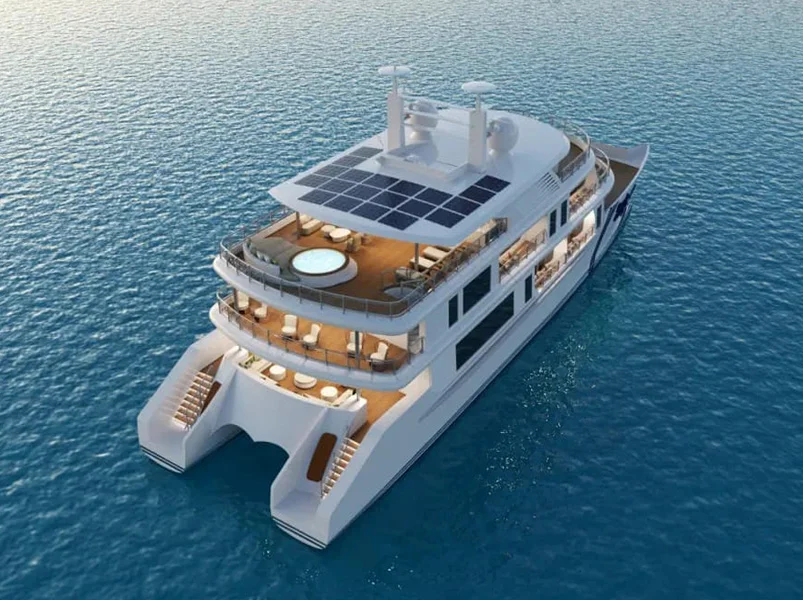
The Galápagos Islands become your destination through this travel plan, which leads you to their various ecosystems where giant tortoises, sea lions, marine iguanas, and colorful birds reside. The area presents a range of natural features, which include untouched shorelines, volcanic peaks, towering cliffs, and transparent ocean depths that offer exceptional snorkeling adventures.
8 Day Galapagos Itinerary
Day 1: Baltra Airport: Lobos Islands & Kicker Rocks
Baltra Island Airport reception. Arrival transfer. Welcome aboard the Grand Ocean Spray. Welcome drink. Lunch.
Lobos Islands & Kicker Rocks
Lobos Island stands as a sea lion sanctuary since its name derives from the large numbers of sea lions that inhabit the island's rocky shoreline. Birdwatchers find this island to be a perfect destination because it hosts a wide range of bird species, which include pelicans, frigate birds, and yellow warblers. The narrow channel maintains peaceful water conditions, which enable visitors to observe sea turtles, sea lions, stingrays, and white-tipped sharks. Visitors can explore this stunning location through short walks, snorkeling, and dinghy rides, which range from easy to moderate difficulty levels while offering dry landing access for most guests. The area allows visitors to discover sea lions, shorebirds, Sally Lightfoot crabs, frigate birds, Galapagos sharks, tropical fish, and stingrays.
Dinner.
Day 2: San Cristobal Island: Pitt Point & Witch Hill
Pitt Point
When you reach Pitt Point, you will experience an otherworldly atmosphere which feels like you have entered an alien planet from another dimension. The island's landscape shows evidence of volcanic activity, which has transformed its appearance during the last million years. The path leads you to the summit, where you will find stunning ocean views in every direction. The blue-footed boobies inhabit the ground, and you should observe them there, while the red-footed boobie colonies dwell in the trees when you get to the summit.
Witch Hill
The shoreline of Witch Hill contains impressive rock formations and crumbling cliffs, which you will encounter during your first dinghy journey. The next destination will take you to a beach that has powdery white sand and clear turquoise and teal water.
Day 3: Floreana Island: Post Office Bay & Cormorant Point/ Devil's Crown
Post Office Bay
Obtain a free postcard from the Cruise Director to write down a message that will reach your family members who reside back home. The postcard barrel stands inside the old treasure chest, which pirates and sailors used to hide their stolen treasure. Look around to discover additional postcards that you can send back to other travelers who left messages in the barrel.
Cormorant Point / Devil´s Crown
Cormorant stands out as a fantastic vacation destination. The area contains two beaches that visitors can explore. The first beach appears before the flamingo-filled saltwater lagoon, which lies directly next to it. The first beach displays a vibrant green color because of the olivine crystal, while the second beach receives its name from its powdery white sand, which resembles flour because it consists of finely ground coral. You need to stay alert when moving through this water because stingrays find this area equally attractive as you do.
Devil's Crown stands out as the best snorkeling spot in the entire city. The ocean floor contains hidden volcanic formations of great size, which scientists have been uncovering since they started exploring the depths. The vibrant reef hosts hundreds of fish species, which include sharks and rays, sea turtles, and sea lions. A stunning underwater display is something you must witness.
Day 4: Santa Cruz Island: Black Turtle Cove & Bartolome Island
Black Turtle Cove
Black Turtle Cove exists as a coastal area that extends across the northern section of Santa Cruz Island. The shallow inlet exists within a mangrove environment, which serves as a natural shield for multiple marine species, including various juvenile species. The underwater environment reveals black-tip reef sharks, white-tip reef sharks, sea turtles, golden cow-nose rays, and spotted eagle rays. The waters serve as a hunting ground for pelicans and blue-footed boobies, who perform elegant dives to catch their prey.
Bartolome Island
Pinnacle Rock exists as a volcanic cone that developed through the eruption of magma from an underwater volcanic system. The ocean water brought down the molten lava temperature, and when it erupted from the thermal shock, the fragments fused into a massive basalt formation with many layers. The large rock contains a beach area that serves as a nesting site for green sea turtles who come here during their breeding season. The Galapagos penguins choose this location to gather, while swimmers get to observe vibrant fish groups and playful sea lions in their natural habitat.
Day 5: Genovesa Islands: Darwin Bay & El Barranco
Darwin Bay
Darwin Bay functioned as a shield volcano during its formation until erosion caused one side of its caldera to collapse after hundreds of years of erosion. The area contains different bird species that people can observe. Scientists estimate that Genovesa Island hosts more than 20,000 red-footed boobies, which live in its tree and bush habitats.
El Barranco
The tourist location carries the name Prince Phillip’s Steps when translated into English. The trail takes visitors to a rocky cliff, which offers stunning views of the surrounding area. The area contains a Palo Santo forest where red-footed boobies, along with various shorebirds, build their nests.
Day 6: Santiago Island: Espumilla Beach & Buccaneer Cove / Egas Port
Espumilla Beach
The second island, which Charles Darwin found, received its first name from King James, who ruled England. Buccaneer Cove offers a prime snorkeling environment, which served as a sanctuary for sailors and pirates who traveled through the area. The underwater structures function as a perfect habitat for the diverse tropical fish species that live in this area.
Egas Port
Egas port exists under the name James Bay, where Galapagos lava lizards with fast movements live. The area contains natural caves and tidal pools, which serve as habitats for various marine creatures. This site stands out as a top choice for snorkeling in the Galapagos.
Day 7: Santa Cruz: North Seymour & Highlands and Charles Darwin Research Station
North Seymour
The island received its name from Lord Hugh Seymour, who held the title of English nobleman. The island originated from volcanic activity, which produced an extensive habitat for 2,500 land iguanas, numerous sea lions, blue-footed boobies, common noddies, and frigatebirds. The coastal area provides visitors with the chance to observe both land and marine iguanas, as well as the largest group of Magnificent Frigatebirds.
Highlands & Charles Darwin Station
The highlands of Santa Cruz offer visitors the chance to watch giant tortoises roam free in their natural habitat. The native species gained such widespread recognition that they became the basis for naming the entire archipelago. The Santa Cruz highlands serve as a popular birdwatching spot because they shelter finches, together with multiple other Galapagos bird species. The highlands tour leads to the Charles Darwin Research Station, where visitors can witness the essential conservation work protecting the Galapagos ecosystems. The Research Center operates a major breeding program for Galapagos tortoises because their population has been decreasing since the 1970s. These fascinating reptiles show no fear of humans, so you should bring your camera to get some close shots.
Day 8: Mosquera Islet & Transfer to Baltra Airport
Mosquera Islot
This visitor site exists between the islands of Baltra and North Seymour. The reef exists as a combination of rocks and coral, which formed during the volcanic eruption, and includes a large white sandy shore. The island spans from 160 meters at its most restricted point to 600 meters in total length. The perimeter contains lava rock foundations, which show signs of volcanic activity, but the landing site exists in the southwest area. The island supports one of the biggest sea lion populations in the world. The area provides a chance to view different types of shorebirds. The site has reported multiple times that Orcas (Orcinus orca) attack sea lions as their prey.
Transfer to Baltra Airport
Transfer to Baltra airport, where you will take the flight to mainland Ecuador.
Assistance at the airport.
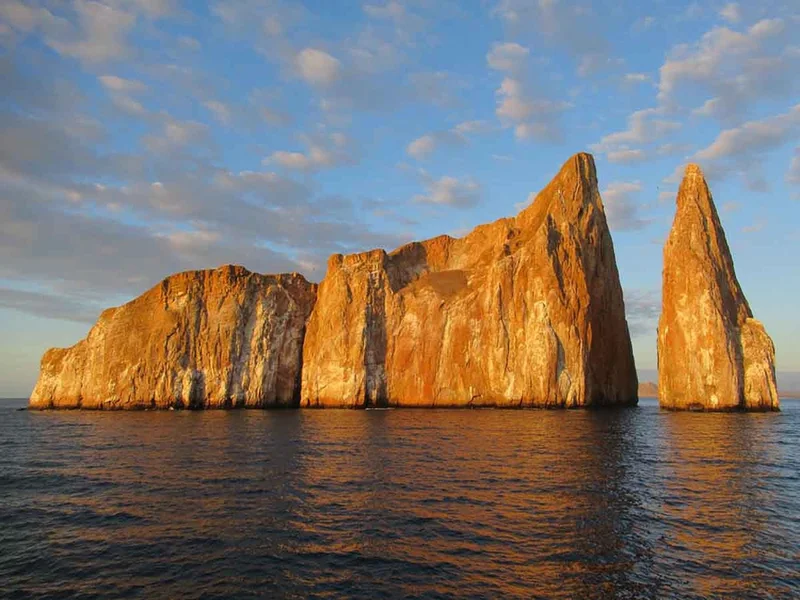
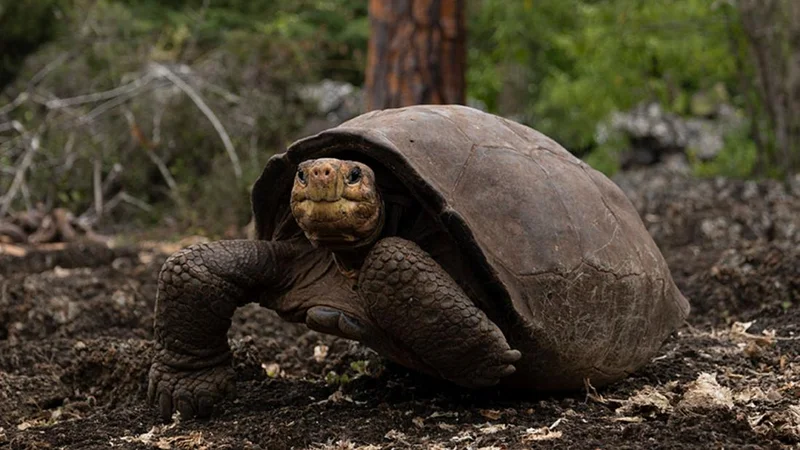
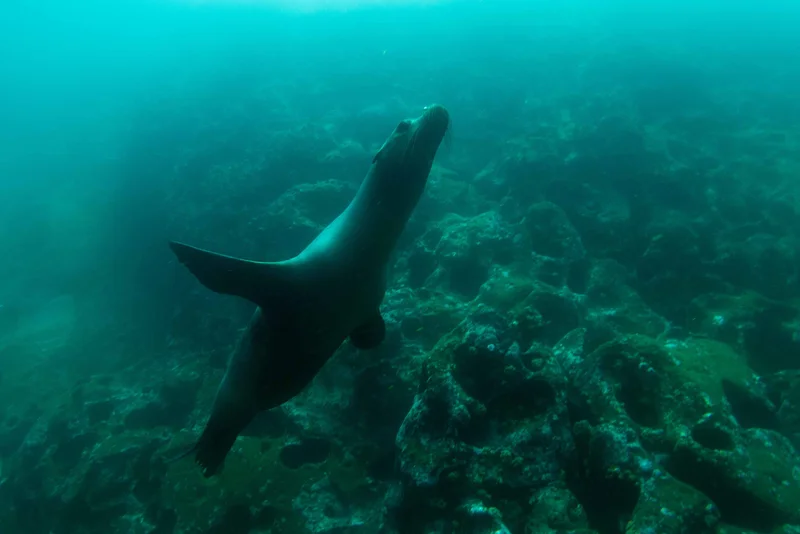
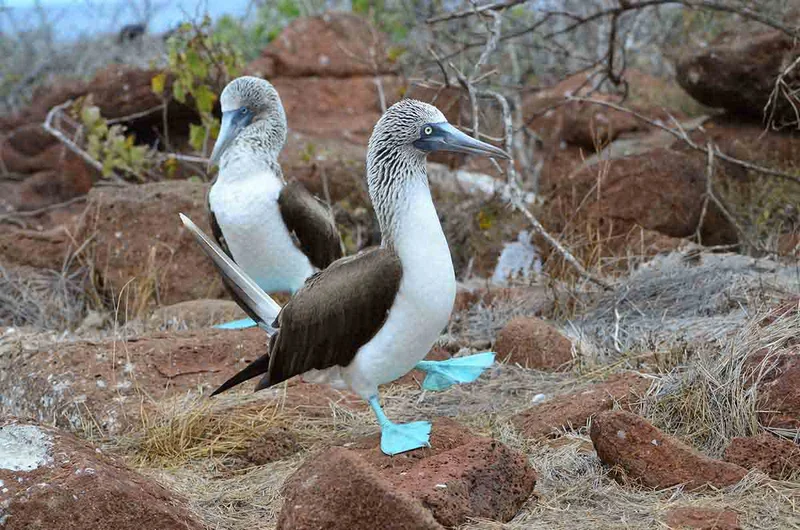
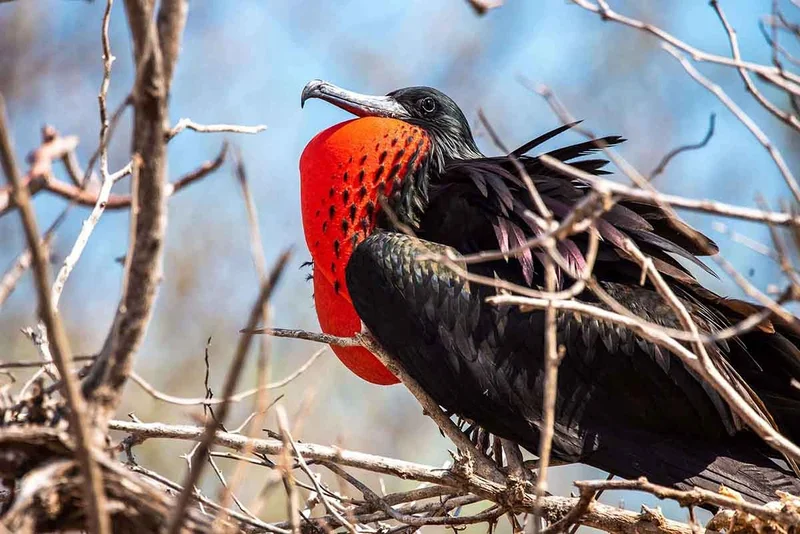
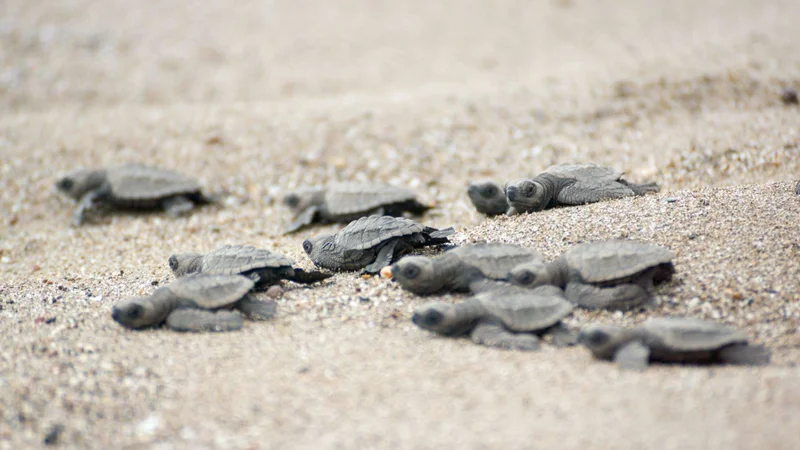
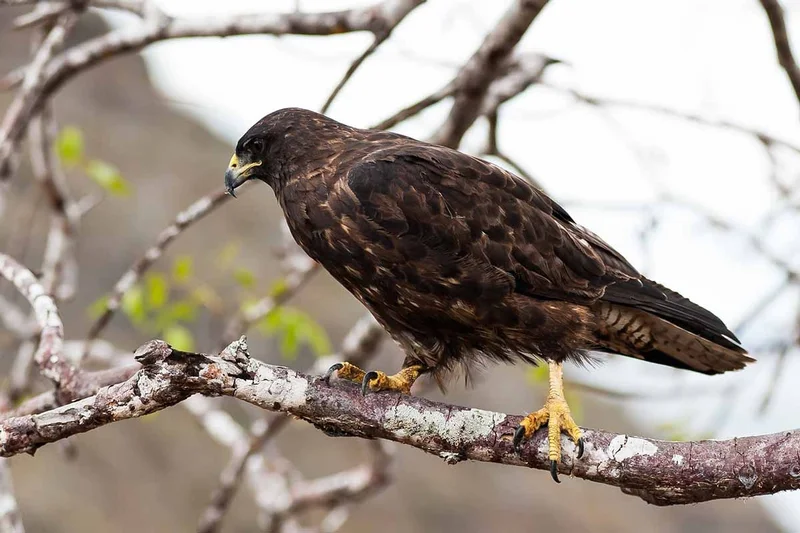
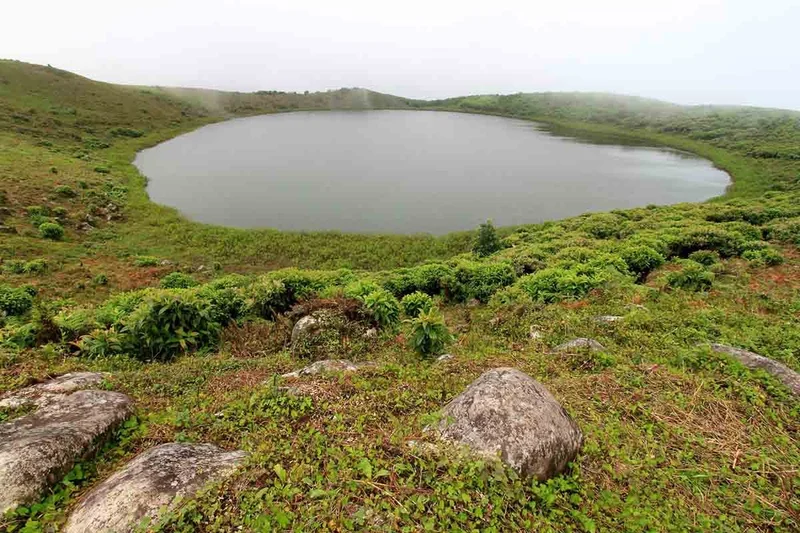
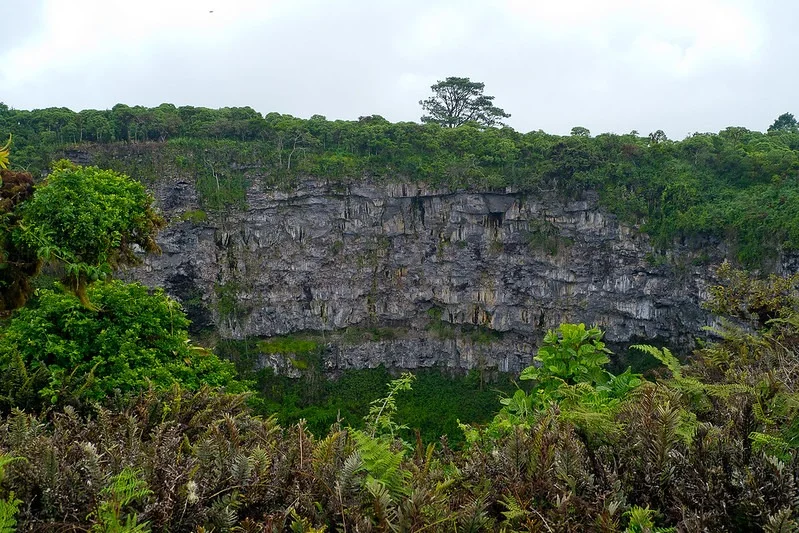
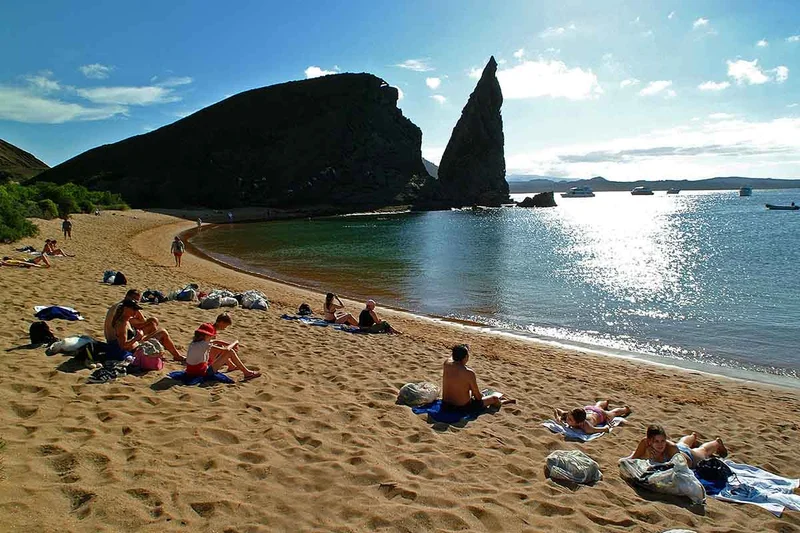
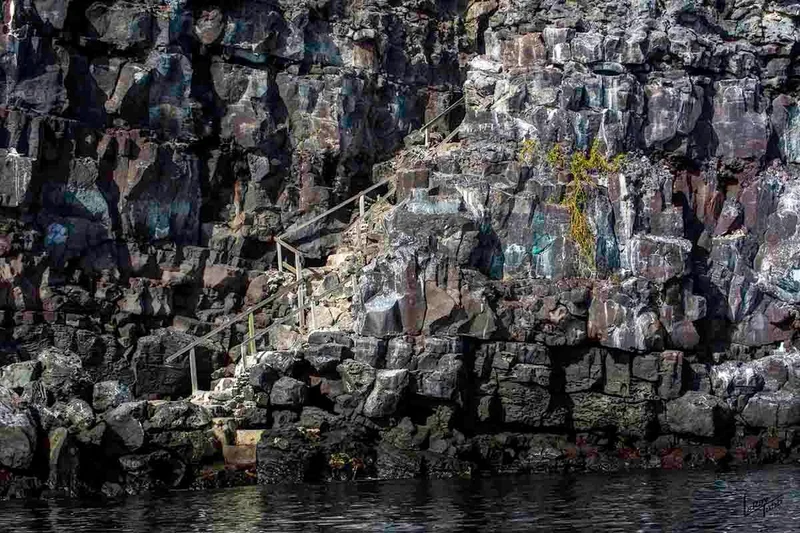
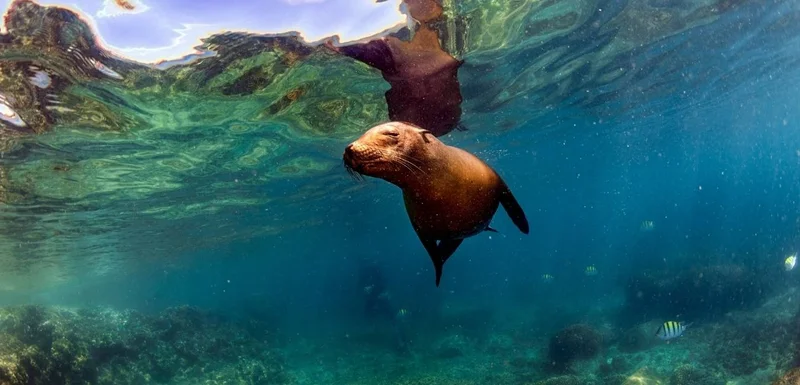
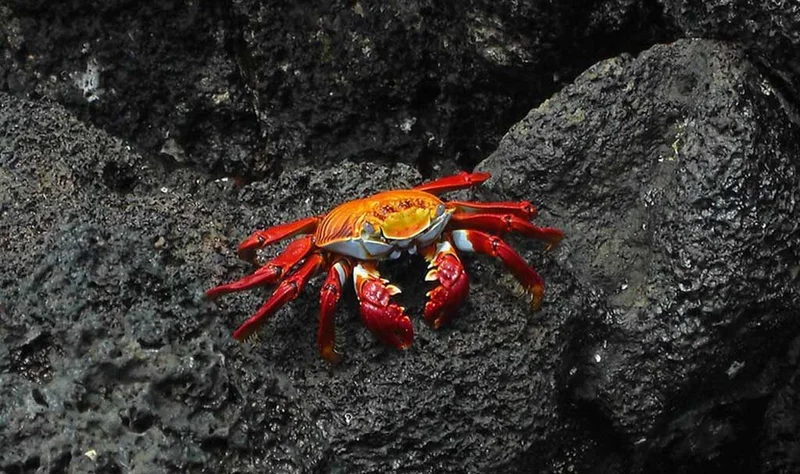
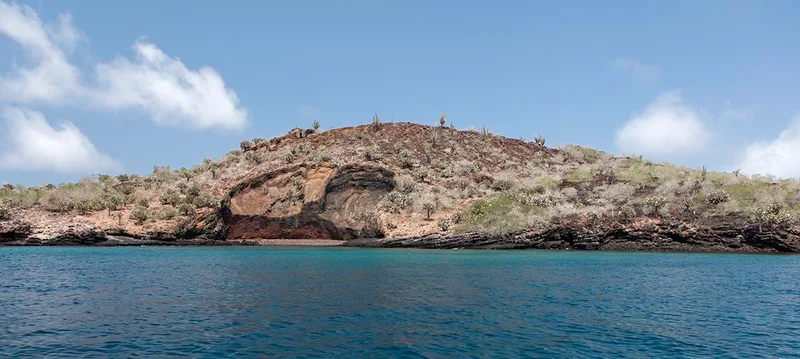
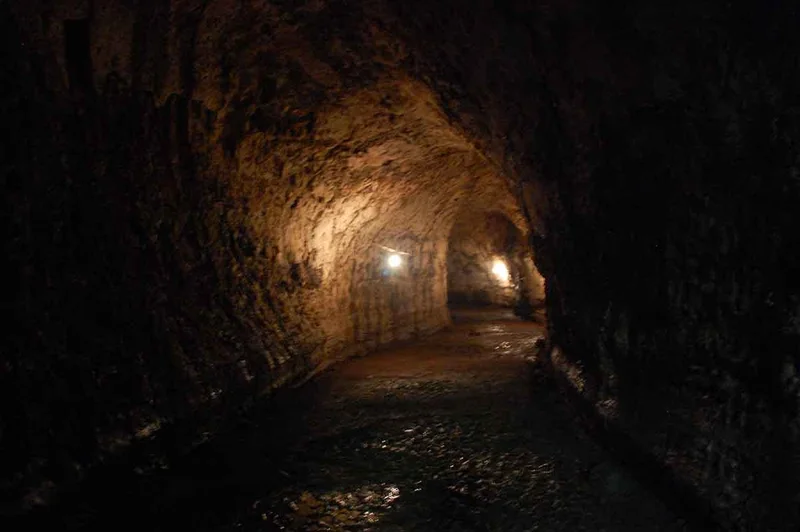
8 Day Galapagos Itinerary Includes
- Transfers from airport/yacht/airport in Galapagos
- Airport reception and assistance
- Guided expeditions according to the itinerary
- Top bilingual National Park guide (English/Spanish)
- Double accommodation
- Cruise Service Officer
- Wifi Onboard
- Activity daily briefing
- All meals and snacks
- Soft drinks and juices
- Captain's welcome and farewell cocktail
- Use of sea kayaks and paddleboards
- Expedition gear
- Yoga mats
- Kettlebells and dumbbells
- Stargazing laser pointer
- One glass of wine or local beer (per guest/per night)
8 Day Galapagos Itinerary Does not Include
- Air tickets to/from Galapagos from/to Quito, Guayaquil, or a combined route
- Entrance to the Galapagos National Park US $ 200 p.p. (cash in the Islands)
- Galapagos Control Card US $ 20 p.p. (at the airport before check-in)
- Soft and alcoholic drinks on board; personal expenses, extras, and tips for guide and crew (cash)
- Travel insurance with medical, cancellation, and other unforeseen coverage
- Other services in Continental Ecuador, not specified in the program
8 Day Galapagos Itinerary Highlights
- Hike to the summit of Bartolomé Island for the breathtaking view of Pinnacle Rock.
- Snorkeling in transparent water allows visitors to observe sea turtles and reef sharks and vibrant tropical fish.
- Genovesa stands as the ultimate bird sanctuary which visitors can explore during their Galápagos expedition.
Itinerary Map
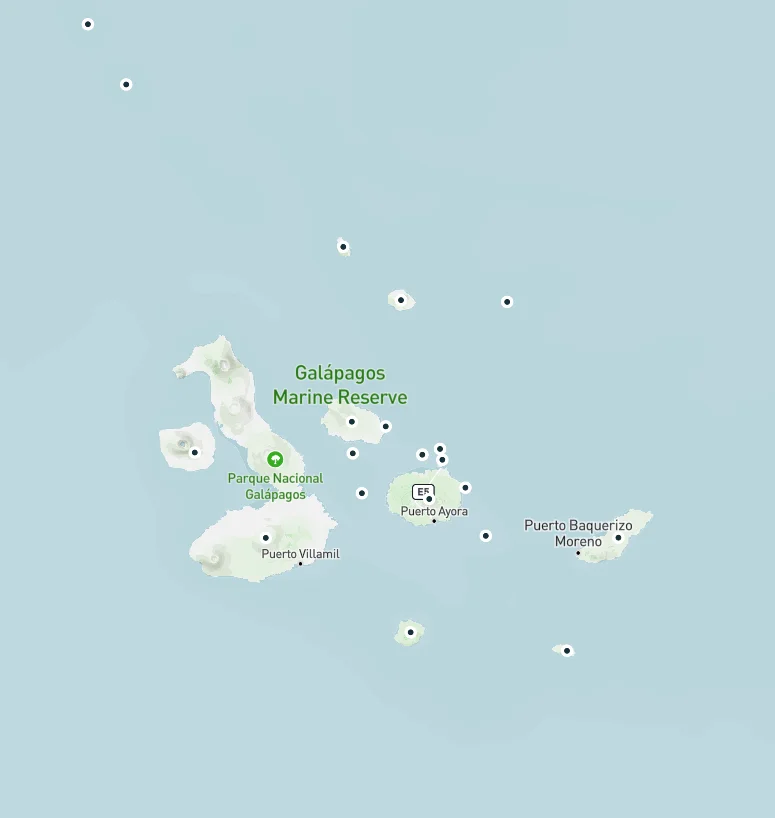
Animals you might see on this itinerary:
More information about the Galapagos Islands you visit in this 8 day itinerary:
Why travel with us?
Similar Itineraries
